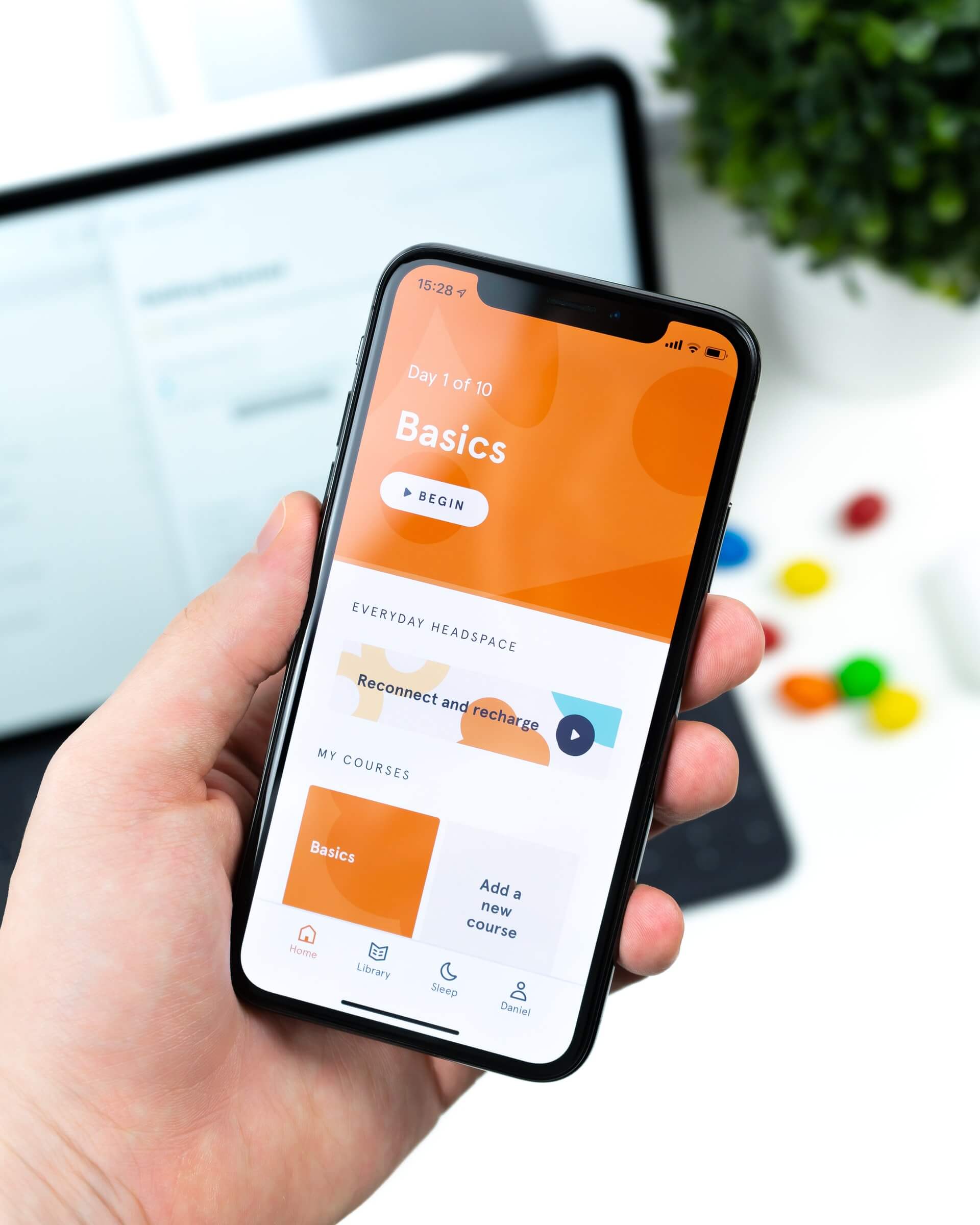Creating Mobile-First Content to Boost Your Rankings
Guest Author: Disha Dinesh
SEO is simple. You remove roadblocks and get people to where they belong. Sounds easy enough, and it would be if it weren’t for the fact that SEO is always changing. That’s because search engines are forever being updated and refined.
The latest massive shift was Google’s mobile-first index in November 2016. They introduced it to serve better results to their mobile users, who are growing in number. As part of the announcement it was revealed that eventually, the algorithms will majorly use a website’s mobile version to index and rank its pages.
This means that if you have a website that is mobile optimized, you’ll likely rank well on both mobile and desktops.
Today’s search scenario
60% of all searches happen on mobile devices (Source: eConsultancy)
Over 3/4ths of all searches happen at work or home (Source: DigitalStats)
So if you assumed that mobile focused marketing was only to reach people on the go, that isn’t the case anymore.
Interestingly, research has also found that 55% actions triggered by mobile searches like purchases, store visits or phone calls happen within an hour (Source: DigitalStats) which is significantly higher when compared to desktops.
What you should focus on
For your website to be mobile-friendly, it has to have –
- A responsive design (that fits the device screen perfectly, without making content obscure or hidden)
- Quick loading (your web pages and all the content on them should load quickly)
- Easy scrolling and navigation (your scrollbar and buttons should be easy to use on a mobile device)
- Increased readability
- Easily dismissed pop-ups that don’t block content (they won’t behave the same way they do on desktops)
- Responsive design
Google requires you to have a responsive website design. Anything that looks clean, is easy to view on a mobile device, and resizes to fit its screen should work well for you.
Shutterfly is a good example for responsive design.

Most WordPress themes are mobile friendly. If you have bought/rented a template from a standard website design service like SquareSpace, it will probably be responsive. If you have good developers, they are very likely well-versed in responsive design. If you have designed your website by yourself, you can take Google’s free course on responsive design to help update your website.
- Quick loading
According to the Aberdeen Group, a 1 second page delay can cost you –
- An 11% drop in pageviews
- A 16% decrease in customer satisfaction
- A 7% loss of conversions
Page speed is an important mobile ranking factor. You can test your page speed and get insights on how to improve it on Google’s Page Speed Insights.
On a general note, you should optimize images to fit your page. For instance, if your page is 600px wide, you should ideally resize all your images to that size before you use them. If you upload a 1500px image and change the parameter to 600px, the page will take time to load.
JPEGs word best. PNGs work second best.
It is also useful to reduce redirects and the number of plugins installed on your website.
- Easy scrolling and navigation
When you use large pop-ups and inconvenient scrolling mechanisms on your website, your users are likely to experience difficulty in navigating your site on a mobile device.
Neil Patel advises that you forgo interstitial pop-ups on your website. They are basically the ads placed within a body of text that mobile users might accidentally click on without meaning to.
You should also ensure that your website scrolls easily, and that your buttons (social media share and comment buttons) are sized correctly.
It is best to have few and essential tabs on the home page to ensure that it doesn’t become too cluttered and showcases what is most important.
- Mobile optimized content
Naturally, your content also needs to be made mobile-friendly. Mobile-first content experts recommend using the F-shaped pattern to assess your content.
People view content on their mobile devices using the same pattern. Their gaze moves from the top-right of the screen to the left, bottom-right to left, scrolls down and ends. A useful fact to bear in mind when creating your content.
Updating Tips
According to a Briggsby study, most users focus on the top 66% of the screen. It is a good idea to place your call-to copy and interactive buttons (like your social sharing buttons), within that space.
- Restructure your blog posts
While long-form content was the bomb for desktop SEO, it may appear overwhelming to mobile readers. They’re not likely to scroll through 3000 word-long pieces on narrow screens.
You should mix in shorter pieces to focus on your mobile audience. Another workaround is using shorter paras and sentences to convey information. You can also use bullets, lists and images.
- Use infographics and graphs
Infographics remain one of the most shared pieces of content. By using them and graphs, you can convey more using less space.
They can also help make your content more engaging when compared to lines of text on a small screen.
- Focus on using different types of content
People are already accustomed to listening to content on their mobile devices, which is one of the reasons why podcasts have taken off as a means for brands to communicate with their audience.
In 2016, Edison Research found that 4.5 million people listened to podcasts and that the number was growing.
Videos are also great for mobile devices. According to a study, 36% users watch long videos on them.
- Strengthen your social signals
Social signals also have a bearing on search rankings, but differently than most of us originally thought. SEO and marketing expert Larry Kim conducted an experiment to see how social signals related to search rankings.
He found that the following and authority of the page may not matter as much as the engagement on its posts. To improve your overall engagement, you could use a content curation app like Nuzzel and DrumUp to source relevant content to share with your following on a regular basis.
Wrap
Mobile-first indexing will become the primary method for indexing in the future. If your website is optimized for mobile, it is more likely to rank well. The tactics shared on this post are a good place to start.
Author bio:
Disha Dinesh is a Content Writer at Godot Media, a leading content agency. Her interests include social media and content marketing. When she’s not writing, she’s on the hunt for social media trends and inspiration.
Image credit: Screenshot by Disha Dinesh [March, 2017]

